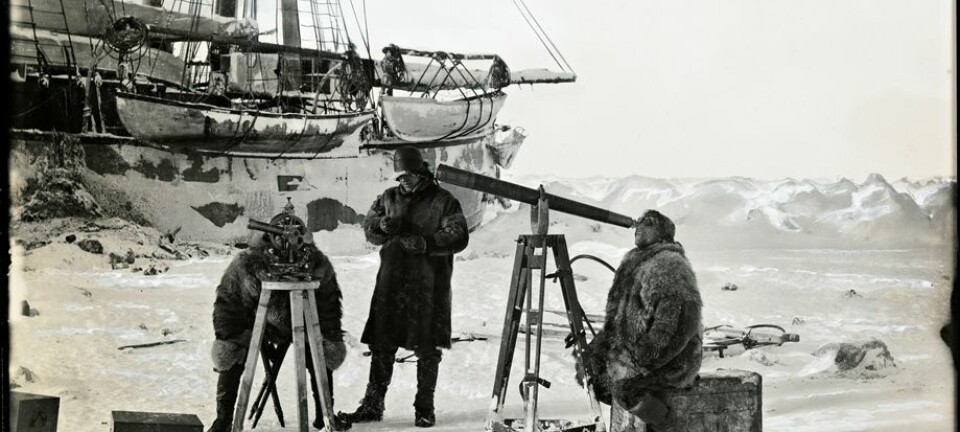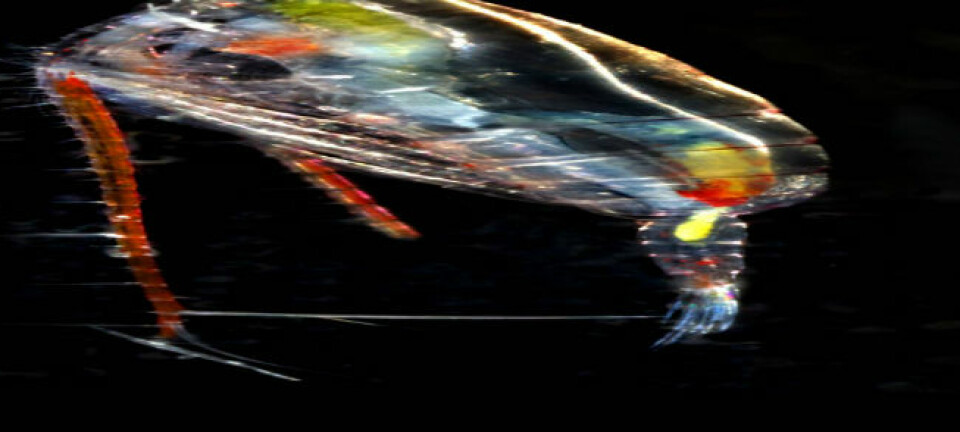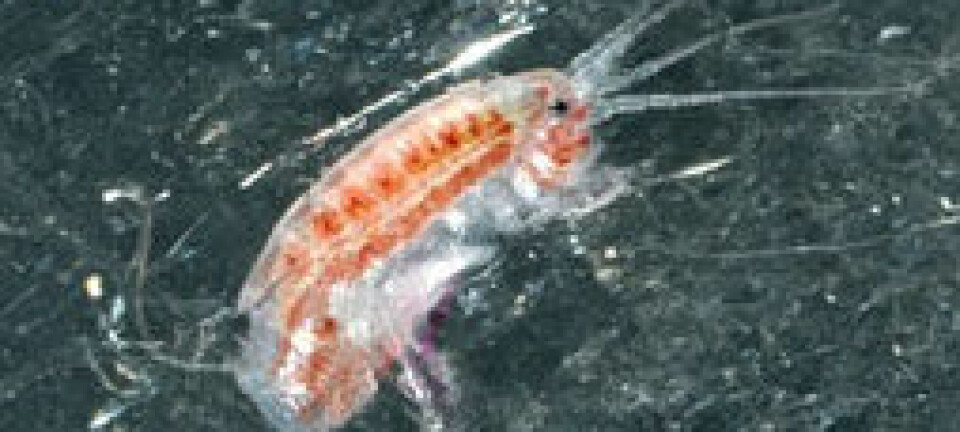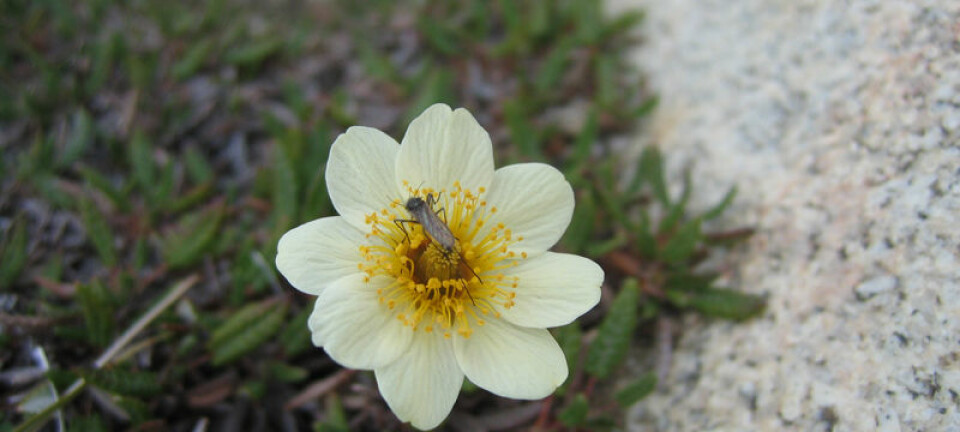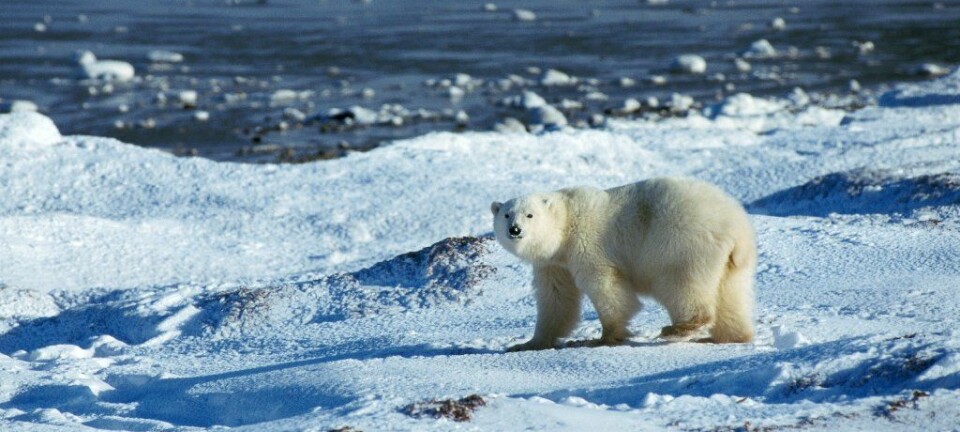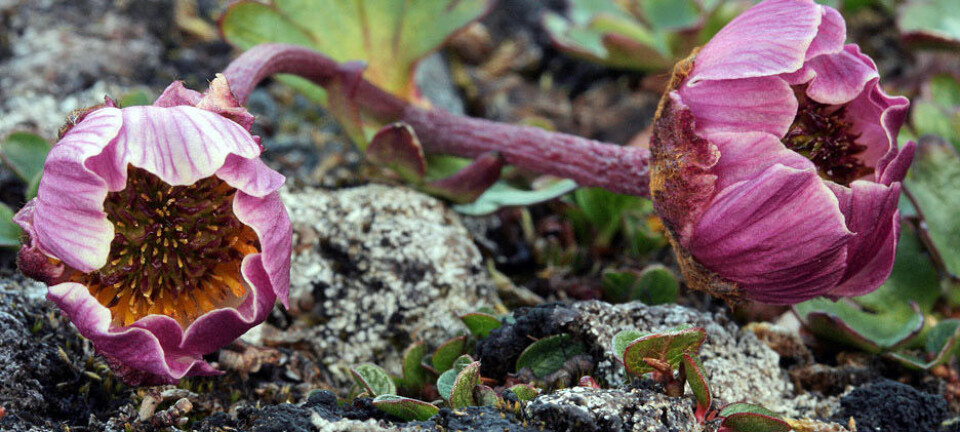
Climate change fills polar bears with toxins
The melting ice around Greenland has changed the polar bear’s diet. This means that they are being filled with large quantities of environmental poisons, and that forms a threat to the polar bear’s existence.
Greenland’s polar bears have changed their eating habits. They now eat other seal species than they used to, and are therefore consuming more toxins than they used to.
Things were looking good for the polar bears as recently as ten years ago as the amounts of toxins in the bears had been on a decline in the decades leading up to the new millennium.
However, in 2000 the amounts of these toxins started to increase again.
A recent Danish-Canadian study shows that climate change has caused the polar bears to opt for a new menu card, which has caused this recent increase in toxins in the bears.
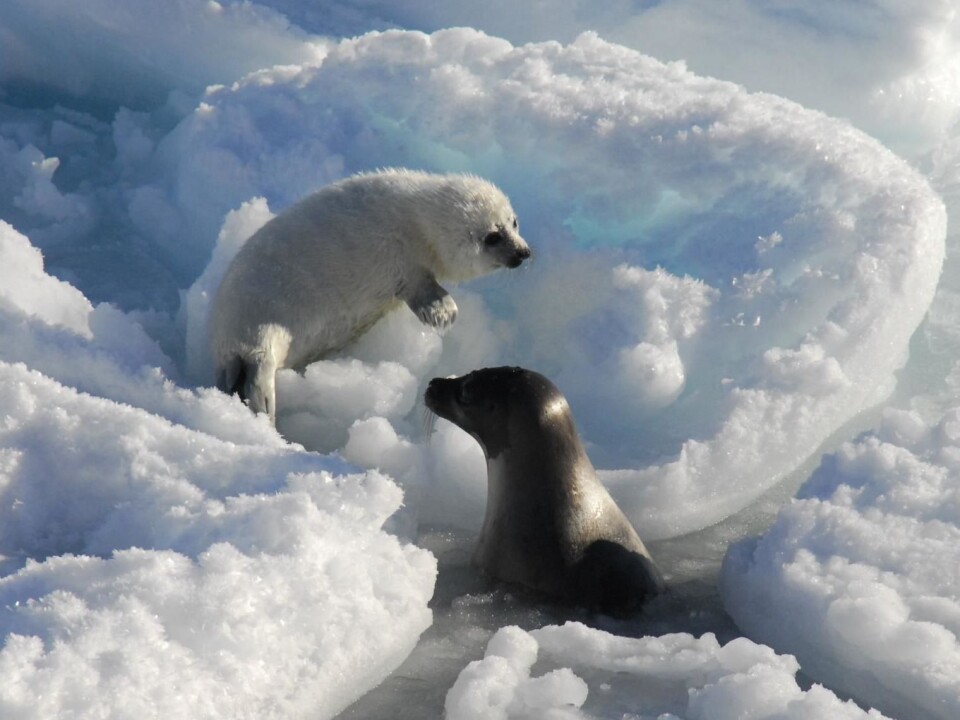
”Climate change has caused the polar bears to eat other seal species than they normally eat. The ‘new’ seal species on the menu contain far more toxins, which then end up inside the polar bears,” says Professor Rune Dietz of Aarhus University’s Department of Bioscience – Arctic Environment, who co-authored the study, published in the journal Global Change Biology.
”Eventually, these toxins will end up in the Greenlandic hunters who eat polar bears. This poses a threat not only to the polar bears, but to humans too.”
Studying the fatty acid composition of polar bears
In the study, the researchers examined the composition of fatty acids in the fat tissue of 310 polar bears, caught by Inuit hunters over the past 30 years.
This fatty acid composition, which is a direct reflection of the fatty acid composition of the food, shows that the polar bears have increasingly replaced the ringed seal with the harp seal and the hooded seal in their diet over the past three decades.
Climate change has caused the polar bears to eat other seal species than they normally eat. The ‘new’ seal species on the menu contain far more toxins, which then end up inside the polar bears.
Rune Dietz
This means that the amount of toxins in the polar bear’s diet has gone from being on a decline, which is also the case with the ring seals, to being on the rise, as hooded seals and harp seals contain higher levels of environmental toxins.
“Polar bears therefore have a greater risk of harmful effects from the toxins today than they were as recently as 15 years ago,” says Dietz.
Climate change causes dietary changes
The reason for the change in food choices can be found by looking a bit closer at climate change.
As the ice disappears from Greenland, the sea ice edge moves closer to land. In East Greenland, the ice is currently disappearing at a rate of one percent per year.
This means that the breeding grounds for the hooded seals and the harp seals on the outermost sections of the ice edge are moving closer to the polar bears, which overwintered on land.
Unlike the ring seals, which have a more individualistic distribution and breeding behaviour, hooded seals and harp seals breed in colonies, and these breeding grounds have now turned into generous buffets for the polar bears when they make their way out on the ice.
“Before, the breeding grounds may have been located 400 kilometres from land. But due to global warming, the breeding grounds are now only 200 metres from land,” says Dietz.
“During tagging work with the Greenland Institute of Natural Resources in East Greenland, we observed how polar bears wander around gorging themselves in the seal colonies on the edge of the ice. This is not something they have been doing to the same extent before.”
Seals consume the toxins in the North Sea
Ring seals are relatively stationary and spend most of their lives in the less polluted water around the Arctic, which explains why they have lower levels of toxins.
Hooded seals and harp seals, on the other hand, are cosmopolitans that take their annual migration as far south as to the Shetland Islands, where they munch away at the North Sea buffet, which consists of fish containing environmental toxins from most parts of Europe.
The toxins accumulate in the seals and are later in the year brought back to Greenland and the Greenland polar bears.
Hooded and harp seals are also higher up in the food chain than ringed seals. This means that the hooded and harp seals are predisposed to a higher level of toxin accumulation than their more stationary cousins.
How do toxins affect polar bears?
The researchers have also started looking at the long-term effects that the toxins have on the polar bears and ultimately also for humans.
This will be done through a series of experiments in which the researchers test the effect of the toxins on the polar bear’s immune system, reproduction, brain, inner organs, bone density, etc.
Only when all these results are in can the team present an assessment of the future prospects for polar bears.
”The future of the polar bear is influenced by a number of factors such as climate change, environmental toxins and the food they eat. We have a lot of jigsaw pieces to assemble before we can fully assess the situation,” says Dietz.
”This also means something to the Greenlandic population. We’re taking about an area where nobody has been using these toxins, yet still the hunter population has some of the world’s highest concentrations of them in their bloodstream. So we will of course also need to find out how the toxins affect the population and the animals it feeds on.”
---------------------
Read the Danish version of this article at videnskab.dk

